Clasps are wire components that aid in the retention of a removable appliance. These are the retentive components that aid in keeping the appliance in place and resist displacement of the appliance. The success of removable orthodontic appliances mainly depends upon good retention of them
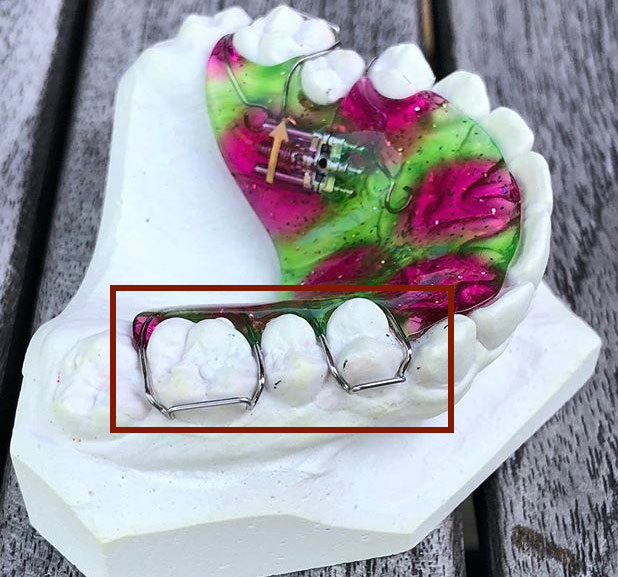
Adams Clasp
It is also known as Universal clasp or Modified arrowhead clasp or Liverpool clasp. This clasp was devised by C P Adam in 1948. This clasp makes use of mesial and distal undercuts.
This is the most effective and most widely used orthodontic clasp today. This clasp is constructed using 0.7 mm hard round stainless-steel wire.
Advantages:
- This clasp is strong, simple and easily constructed.
- It can be used on any tooth (deciduous or permanent, partially or fully erupted, incisors or premolars or molars).
- It is comfortable to wear and resistant to breakage.
- It is small and occupies minimum space.
- It can be modified in several ways.
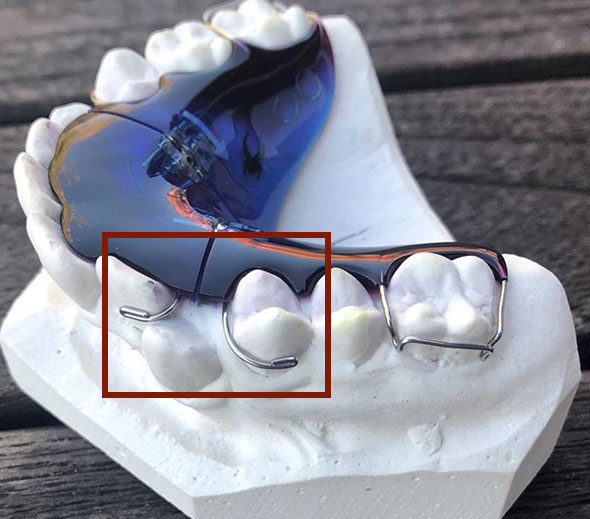
C Clasp
It is also known as three-quarter clasp (3/4 clasp) or circumferential clasp. They are very simple clasp and engage Bucco-cervical undercut. It can be constructed on a 2nd molars and canines.
Advantages:
- Simple to construct
- Offers adequate retention
- Single occlusal crossover wire
- Easy to replace
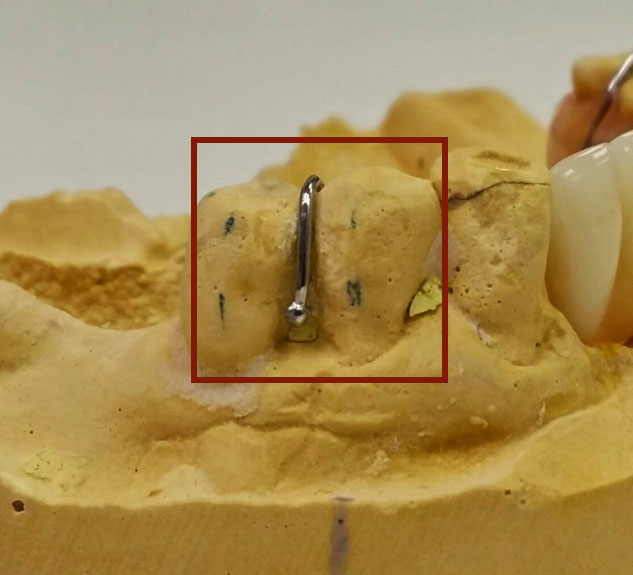
Ball End Clasp
This clasp is also known as Scheau anchor clasp. This clasp has a ball at the end which engages the proximal undercut between two adjacent teeth (interdental area).
Preformed wires having a ball at the end are used for making this clasp. The ball can also be made using silver solder. This clasp is used whenever additional retention is required.
Advantages:
- Easy to fabricate
- Single occlusal interference
- Less gingival irritation
- Easy to replace
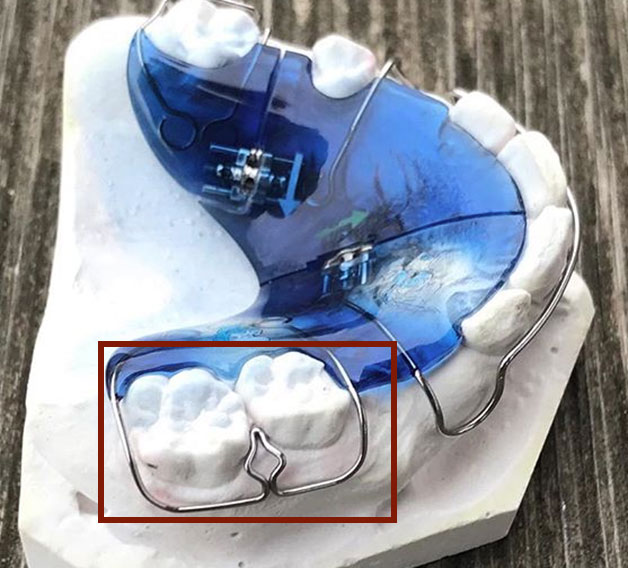
Arrowhead Clasp
This clasp was introduced by A M Schwarz in 1956. This clasp makes use of mesial and distal undercuts. This clasp is made using half round or round stainless-steel wire of 0.7 mm diameter.
This clasp is made by use of a special plier called ‘Tischler’s plier’.
Advantages:
- Good retention on partially erupted tooth
- Eruption of tooth is not hampered
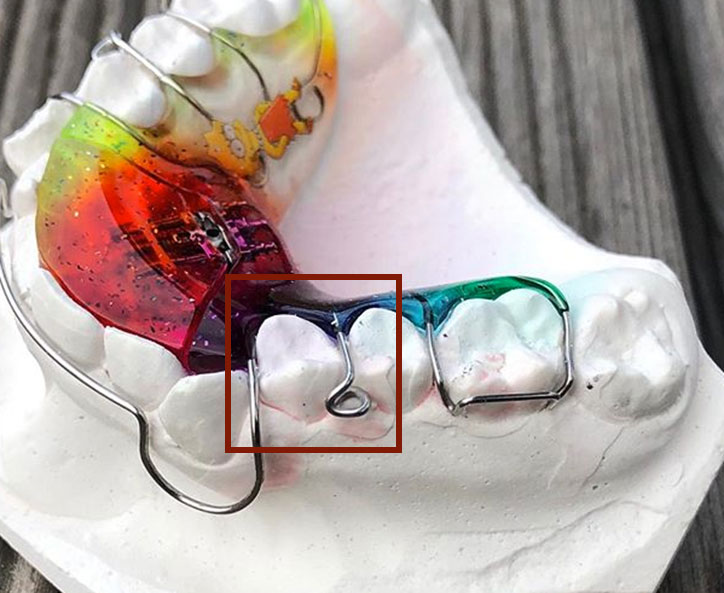
Triangular Clasp
It has a small triangular shape that engages the proximal undercut of two adjacent teeth. It provides excellent retention. It doesn’t cause irritation of gingiva. It is used when additional retention is required.
Advantages:
- Easy to fabricate
- Excellent retention
- Pre-fabricated available
- Elastics can be engaged
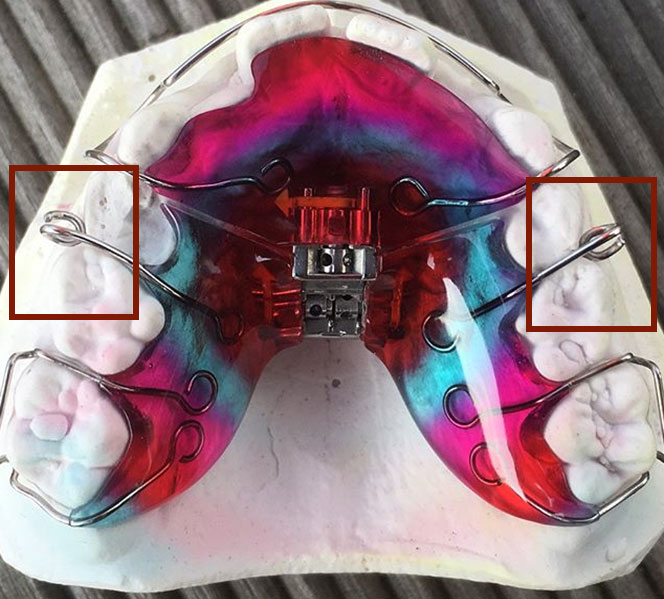
Eyelet Clasp
This clasp can be constructed as a single eyelet or continuous eyelet clasp. An eyelet is made using a Young loop forming plier.
Eyelets are placed in the embrasure. Three to four eyelets can be made depending upon the retention requirement. The size of the eyelet depends on the width of the interdental area of both anchor teeth.
Advantages:
- Probability of breaking is very low
- Not interrupt the tooth eruption
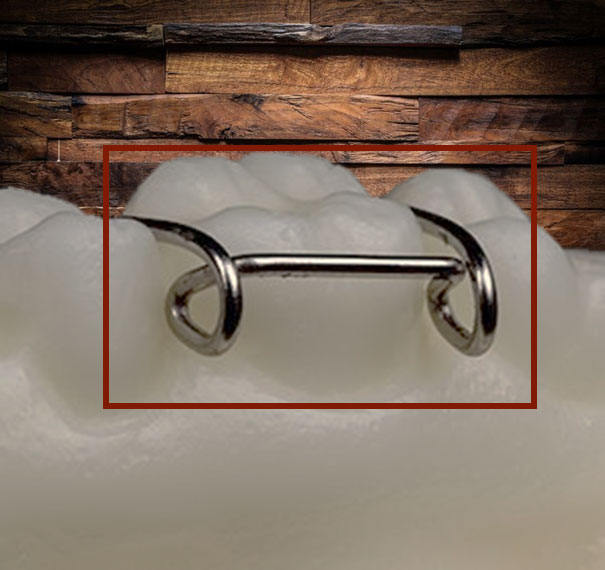
Delta Clasp
This clasp was designed by William J. Clark. This clasp is similar to Adam’s clasp in principle. It engages interdental undercuts.
However, the difference is in the retentive loops which are shaped as a closed triangle (from which name delta clasp is derived) instead of the open V shaped loop of the Adams clasp.
Modifications has produced circular loops which are easier to construct.
Advantages:
- Hold retentive loop and twist inwards.
- Bending towards interdental undercut as it emerges from acrylic.


